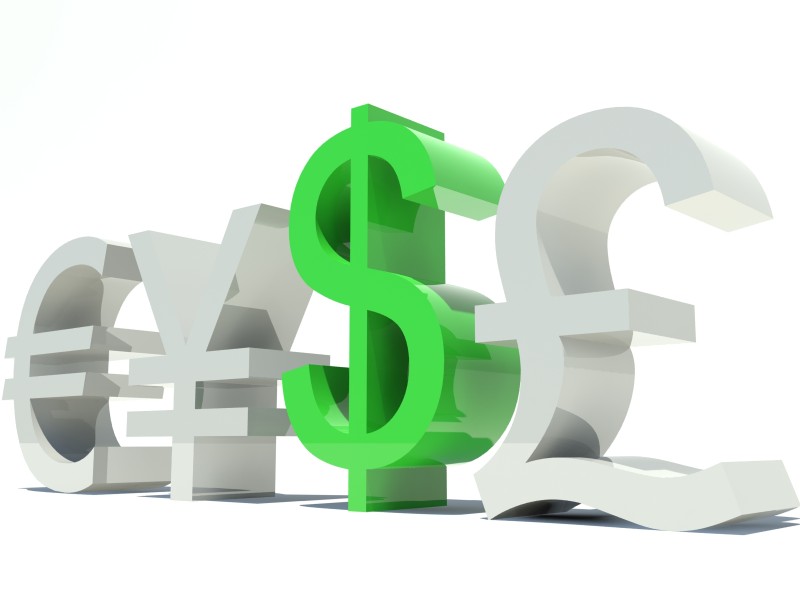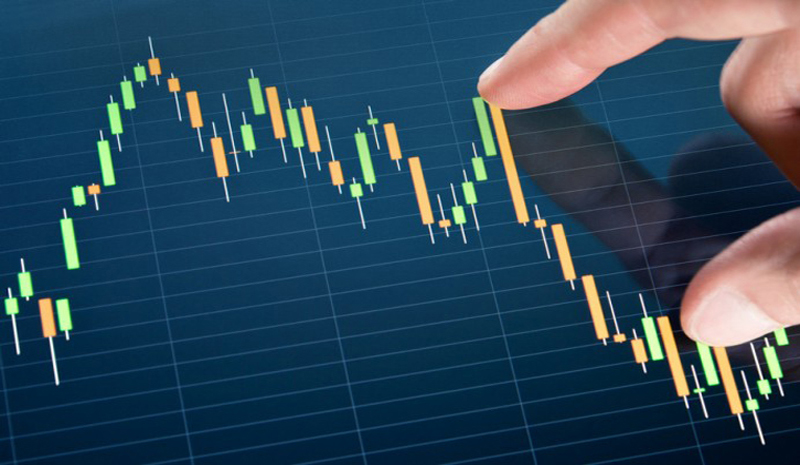There are many Forex trading systems out there. Many of them claim they are entirely mechanical and therefore require no Forex trading knowledge on the part of the trader. The advocates of these types of trading systems tell us we can all be successful and make a lot of money even if we are complete commodities trading idiots.
Is it a fact we can make a huge amount of money in the Forex market without knowing anything about it. In this article, we discuss things you should learn before trying to tackle the Forex.
It is true mechanical systems that simply supply computer generated buy and sell signals make it unnecessary for traders to be experts in trading currencies or other commodities.
However, having no knowledge leaves the trader vulnerable. You are not in a good position when anybody can easily pull the wool over your eyes. Here is a little background information that will give you some solid footing in the basics of Forex trading.
Basic knowledge every program trader should have an awareness of are these two things:
· Trading spreads
· Going short
Trading Spreads
All Forex contracts that are traded are spreads. Trading a spread entails buying one thing while at the same time selling, or going short, on another. In the commodities futures market, all contracts have expiring months.
So, a common trade which utilizes this fact is buying a near term contract and selling a contract that will not expire for several months.
For instance, buying August Live Hogs and selling next February Live Hogs. The hope here is the August Live Hogs’ price will rise more than February’s and if so, a profit will be made.
Whether both contracts rise or fall in price is immaterial as long as the August Live Hogs’ rises more, or falls less in price than the February contract.
Contract months are immaterial in Forex or any type of currency trading. Forex spreads consist of two currencies being traded at the same time. Buying a EUR/GBP spread means you are buying a Euro contract and at the time selling British Pound contract. If both the Euro and the Pound rise in price but the Euro rises more you will be in profit. If they both fall in price you will still be in profit as long as the Euro falls less.
Going Short
One of the most difficult concepts to grasp in future trading is “going short.” Going short simply means selling something you don’t own. How can you do this? By promising you will buy it at a later date. It is an easy concept to grasp when you think of buying something and selling it later. This is done all the time.
With a short position, you essentially do the same thing; you buy something and sell it. The only difference is the timeline. With a long position, you buy the commodity and sell it later; with a short position, you buy it later and sell it first.
When you short a commodity you are hoping it will fall in price because, if it does, you can buy it back at a lower price than you first sold it for.
Going short on a EUR/GBP spread means you want the Euro to go down in price in relationship to the British Pound. If they both go up in price or if they both go down in price it doesn’t matter, the only important thing is that the Euro falls in relationship to the Pound.
Beyond understanding what having a short position is and what spreads are, we should also understand the different types of orders we place to open and close trades. These order types include:
· Market orders
· Stop orders
· Limit orders
· Market if Touched (MIT) orders
This article contains some very basic knowledge and yes, you don’t need very much to let a computer program tell you what contracts to trade and when. Still, having no knowledge is not all it’s cracked up to be!




